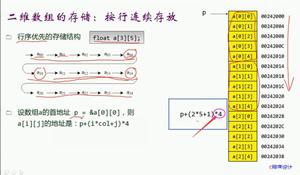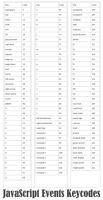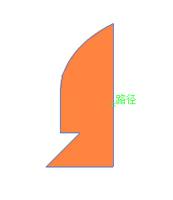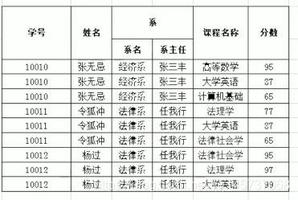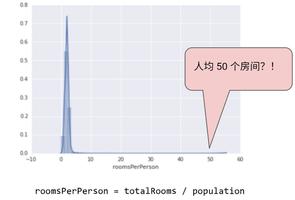计算1到N范围内的数字,这些数字在C ++中可以被X整除,但不能被Y整除
给我们提供了一个数字N。目标是找到可以被X而不是Y整除且范围为[1,N]的数字。
让我们通过示例来理解。
输入值
N=20 X=5 Y=20
输出结果
Numbers from 1 to N divisible by X not Y: 2
说明
Only 5 and 15 are divisible by 5 and not 10.
输入值
N=20 X=4 Y=7
输出结果
Numbers from 1 to N divisible by X not Y: 5
说明
Numbers 4, 8, 12, 16 and 20 are divisible by 4 and not 7.
以下程序中使用的方法如下
我们取整数N。
函数divisibleXY(int x,int y,int n)返回一个从1到N的可被X整除而不是Y整除的数字的计数。
对于此类数字,将初始变量计数设为0。
使用for循环遍历数字范围。i = 1到i = n
现在,对于每个数字i,检查是否为(i%x == 0 && i%y!= 0),如果是真实的增量计数。
返回计数结果。
示例
#include <bits/stdc++.h>using namespace std;
int divisibleXY(int x, int y, int n){
int count = 0;
for (int i = 1; i <= n; i++) {
if(i%x==0 && i%y!=0 )
{ count++; }
}
return count;
}
int main(){
int N = 100;
int X=6, Y=8;
cout <<"Numbers from 1 to N which are divisible by X and not Y: "<< divisibleXY(X,Y,N);
return 0;
}
输出结果
如果我们运行上面的代码,它将生成以下输出-
Numbers from 1 to N which are divisible by X and not Y: 12
以上是 计算1到N范围内的数字,这些数字在C ++中可以被X整除,但不能被Y整除 的全部内容, 来源链接: utcz.com/z/338104.html

